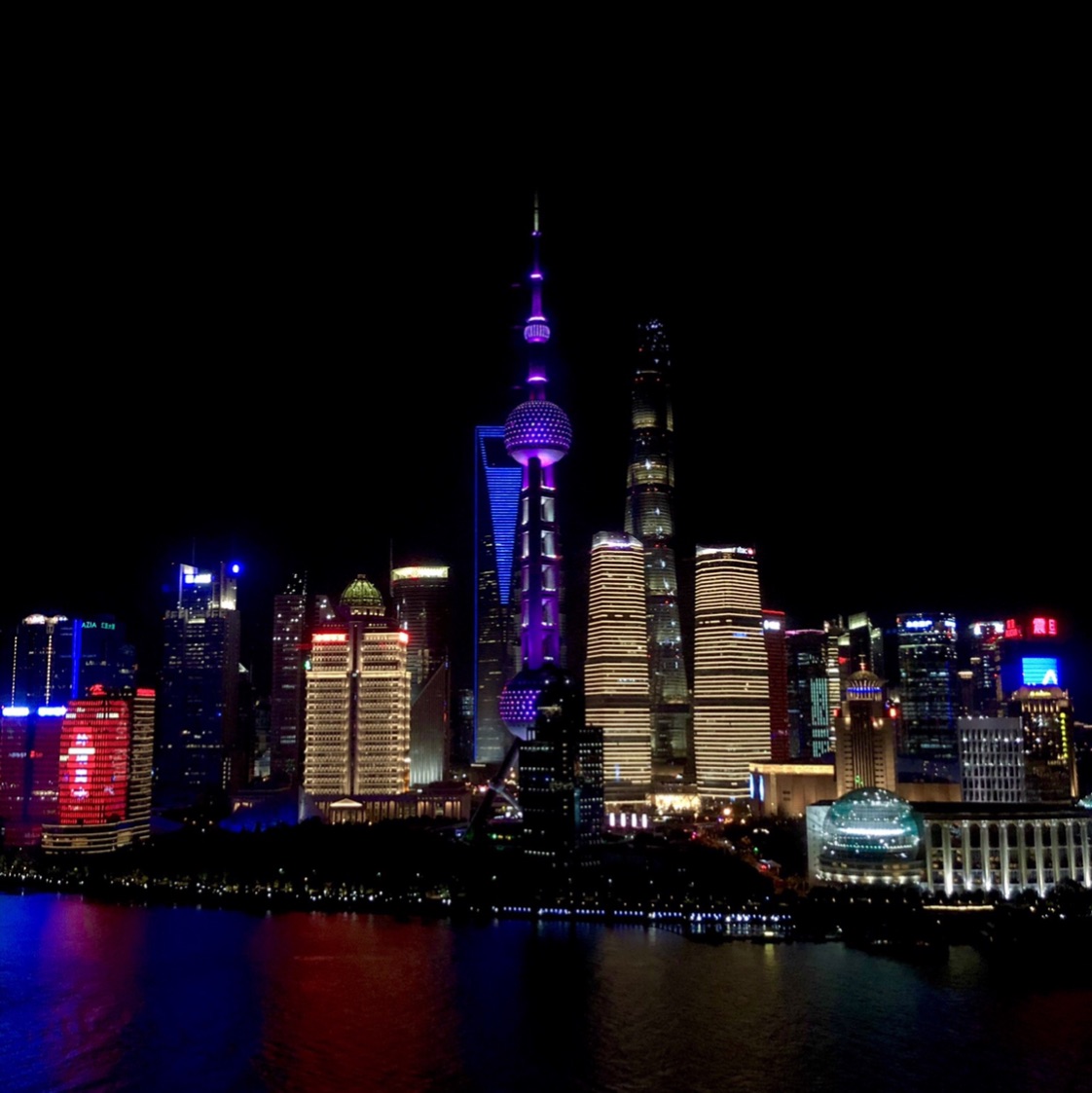
enaid
暂无个人介绍
IP属地:未知
69关注
3粉丝
1主题
0勋章
great sharing
The Next Tesla May Emerge From This Explosion Of New EV Stocks
EV
抱歉,原内容已删除
MA play catch up!
抱歉,原内容已删除
crypto ftw
Not Just Tesla: Why Big Companies are Buying into Crypto-Mania
yay
抱歉,原内容已删除
boring
抱歉,原内容已删除
gd read
抱歉,原内容已删除
reminder!
US Daylight Saving Time
ok
抱歉,原内容已删除
Great ariticle, would you like to share it?
抱歉,原内容已删除
hodl
抱歉,原内容已删除
for reference
XPeng Vs. NIO: Which EV Stock Is The Better Buy
去老虎APP查看更多动态